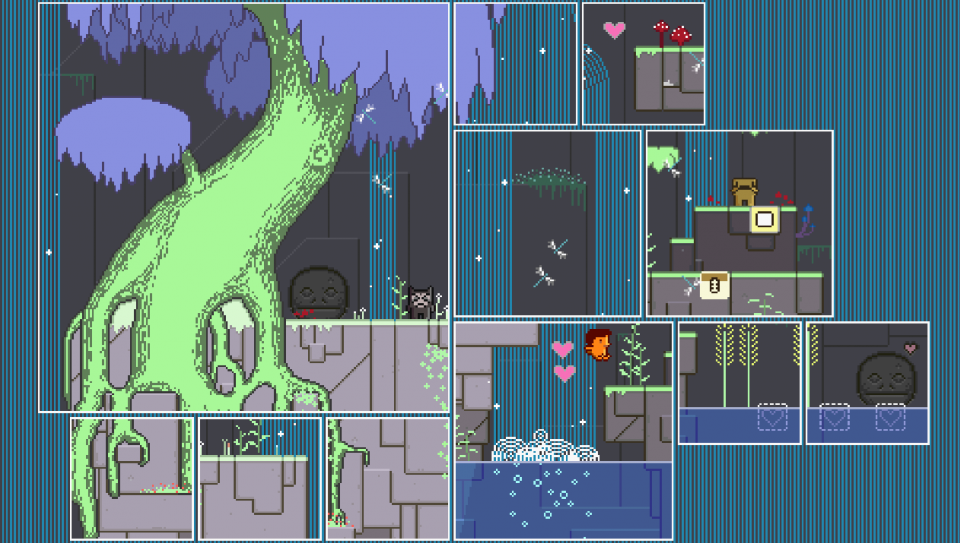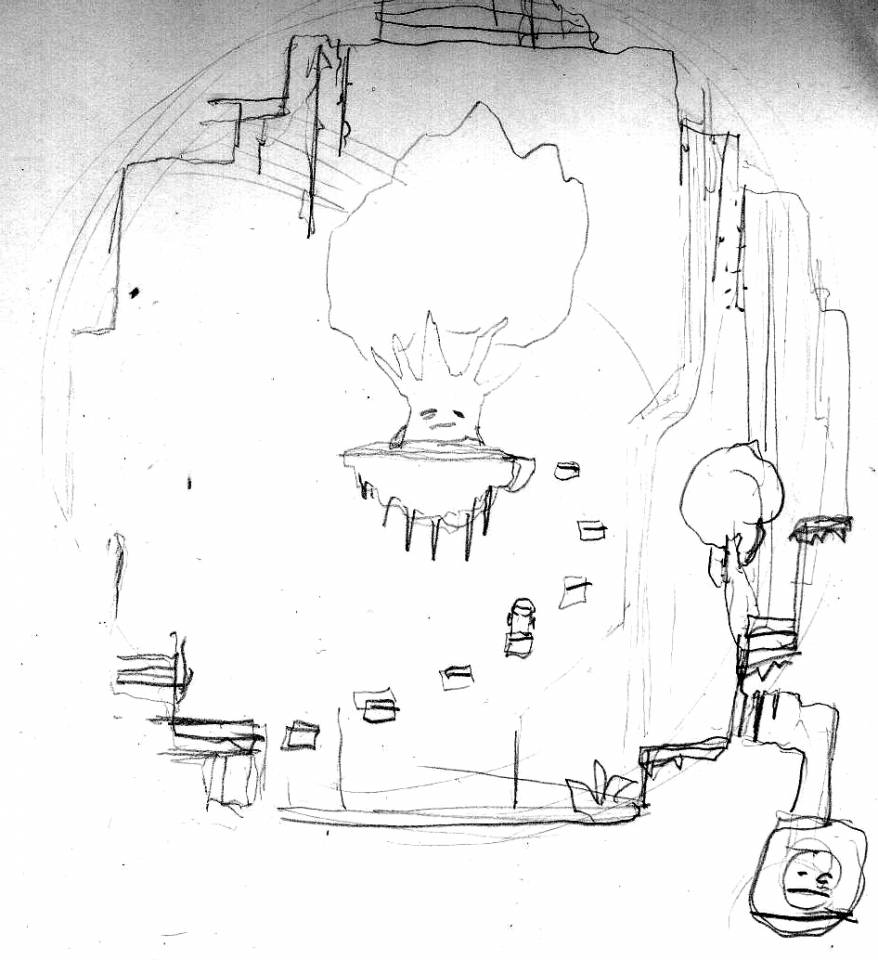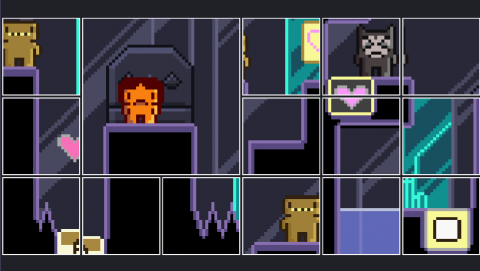
The origin of every video game is different. Maybe it’s expanding on a brilliant mechanic, perhaps it's a simply adapting reality. Or, as was the case for Die Gute Fabrik designer Bernie Schulenburg, inspiration comes from a specific, very personal event.
Schulenburg was hiking with his parents three summers ago in a forest near his home, a spot roughly eight hours from Die Gute Fubrik’s home base in Copenhagen, Denmark.
“We got lost because we didn’t have a map,” he told me during a recent Skype conversation. “There are all these paths that criss-cross the forest. It’s not really a deep forest or anything, it’s just that we didn’t have a map and lost our orientation.”

The group began to bicker, argue and, according to Schulenburg, it quickly “brought out all the negative personality traits we all had.”
There was a reason tension surrounded the three of them, though.
Just a year prior, the family became aware that Schulenburg’s father had been cheating on his mother. While wandering aimlessly through the forest, even one as simple as this, the unsaid rifts from the betrayal caused tensions between the three to violently bubble to the surface.
This experience laid the foundation for Where is my Heart?, which recently launched as PSP Mini for $6.99 on PlayStation Network. Since it’s a Mini, it’s playable on both PSP and PlayStation 3, and the pixel art looks gorgeous on the latter.
It’s a seemingly simplistic platform that consistently defies expectations, prompting players to completely rethink what it usually means to go from left to right in 2D. It’s a game that demands less from your fingers than it does from your brain...which may melt quickly.
Where is My Heart? is not all that complicated, instead riffing on a few key concepts throughout the 25-level adventure.
“I wanted to actually let it be even [closely] related to this experience [in the forest],” he said. “I wanted to have all these game mechanics express some kind of thing. I found that was too ambitious or too complex to handle, so I thought ‘Okay, we’ll just try to make this game be some kind of mood image or a sketch.”
This is hardly the first game derived from an emotional event, but it’s common for those stories to be kept locked away, letting players try to derive meaning. Schulenburg wanted to be upfront about his intentions, though, so he was forced to constantly recall his trip to the forest. Eventually, he became detached thinking about it, as the story adopted a second nature quality.
“At a point, there is only so much you can talk about it,” he said. “We talked about it at the beginning, then when somebody new came on board, we explained it to them, how it all came to be. Then, at a point, you can just...there’s only so much you can say about it, really.”
Few tales about game development describe the process as easy. As development went on, Schulenburg began to wonder whether making such a personal game was the right decision. He wasn’t just making this game by himself, he was putting other people through the ringer, too. Were they enjoying themselves? Was any of this even worth it? Will it end?
There was a game to be made and finished under contract, however. Schulenburg sucked it up and moved on.
“You do, at a point, turn a little numb and just do it and you see what people think about it,” he said.
The reaction has been awfully positive, though it’s unfortunate many people may end up overlooking the game, having already passed judgement on the Minis program. It’s worth another look, especially knowing the story behind it. In-between each stage are brief quotes, all of which are meant to better inform what Schulenburg’s family was experiencing a few summers back. If you don’t know about the story, Schulenburg hopes it succeeds in painting an emotional picture--a mood image, as he put it.
“You always have to scrap a lot of ideas, and now that it’s out, it feels really relieving, and it’s really awesome that people like it. It’s super nice to hear everything about this,” he said. “It’s really nice.”

Hopefully not by coincidence, PlayStation Network is amassing quite the lineup of offbeat, emotional video games. Where is My Heart? will not be the last, as 2012 is supposed to bring Papo & Yo, a game inspired by designer Vander Caballero's history with his drug-abusing father.
Schulenburg had not heard about Papo & Yo when we talked, but expressed a desire for more designers to take this route.
“I hope there will be more of these games--personal games--that make it to a broader audience,” he said.
Just because Where is My Heart? came from a personal place doesn’t mean all of Schulenburg’s future games will, too. He’s working on a comic “loosely based” on Where is My Heart? and has plans for a companion game set in the Alps about gardening. It’s technically rooted in a childhood memory of his mother and aunt maintaining an orchard, but that was only a launching point for the idea.
This all assumes he finds funding for what’s next, of course.
“If the game doesn’t sell that great, then I can’t actually continue developing games, and I have to just get a job as an engineer somewhere,” he said, with a hint of a sigh. “So I’m not really thinking about that yet.”
Schulenburg still visits that forest, by the way. He comes back once a year.
“I try to make a point of not going with both my parents anymore,” he joked.
Make sure you keep an eye on Die Gute Fabrik, by the way. It's also making the ridiculously fun Johann Sebastian Joust.